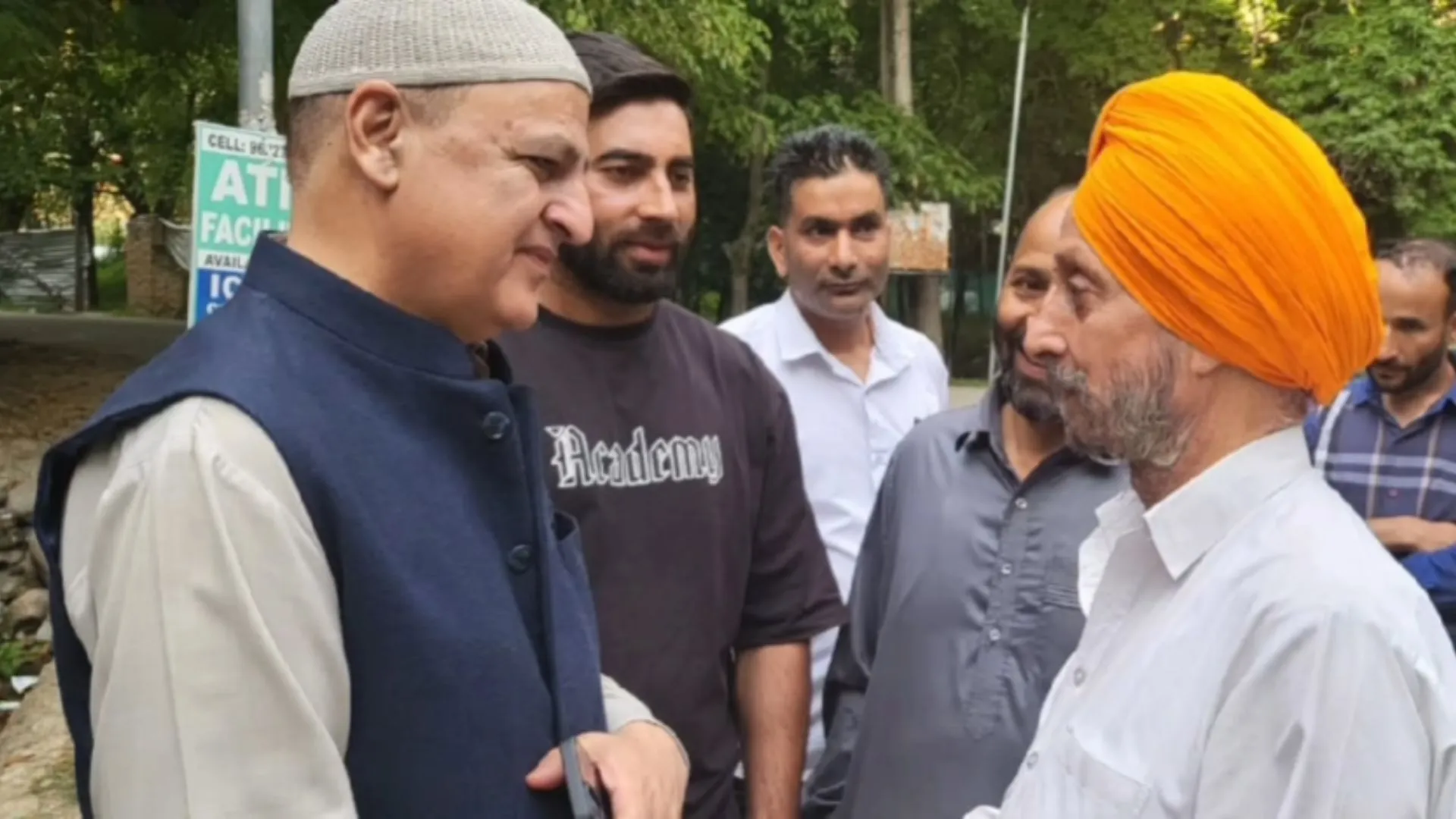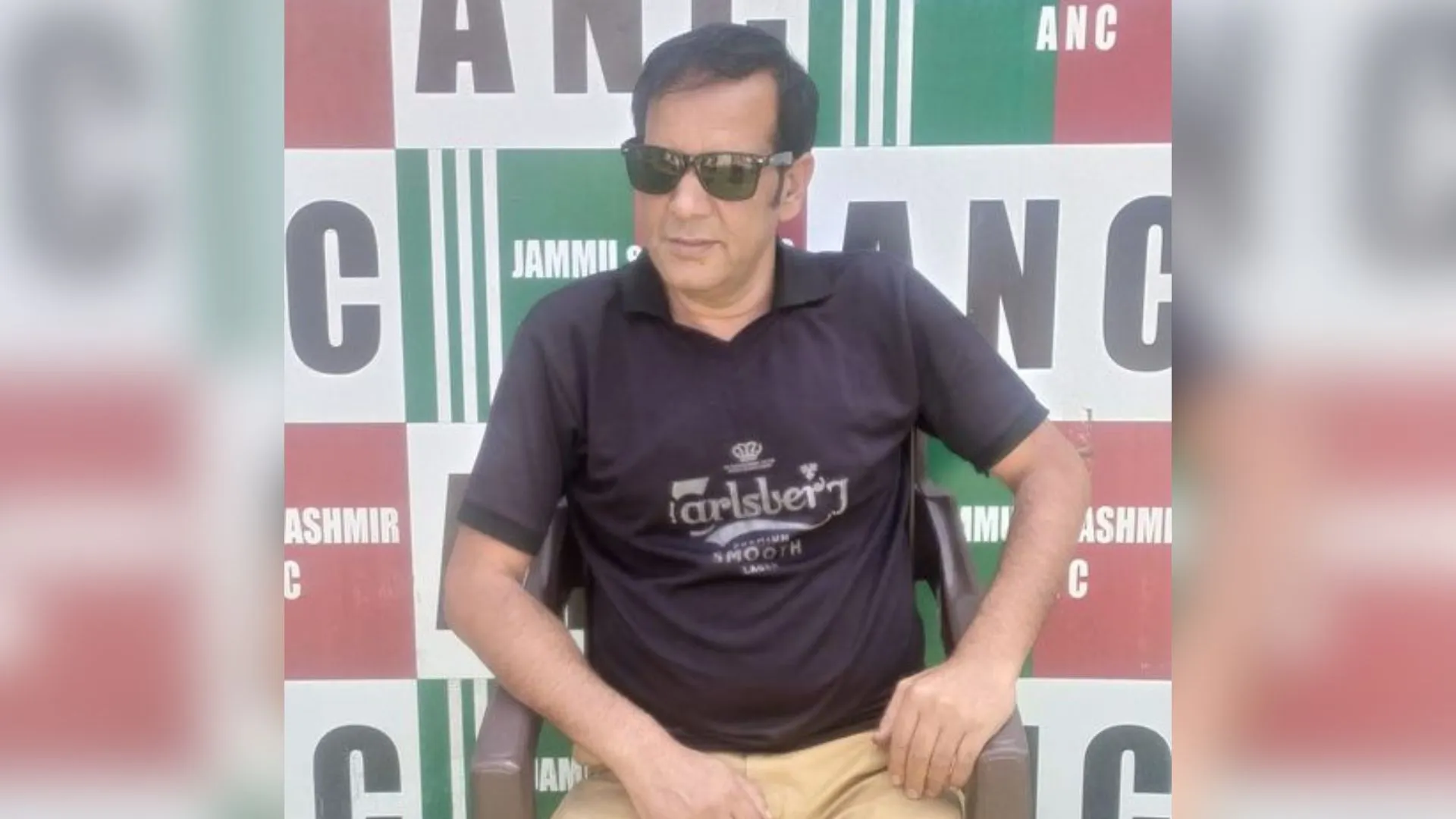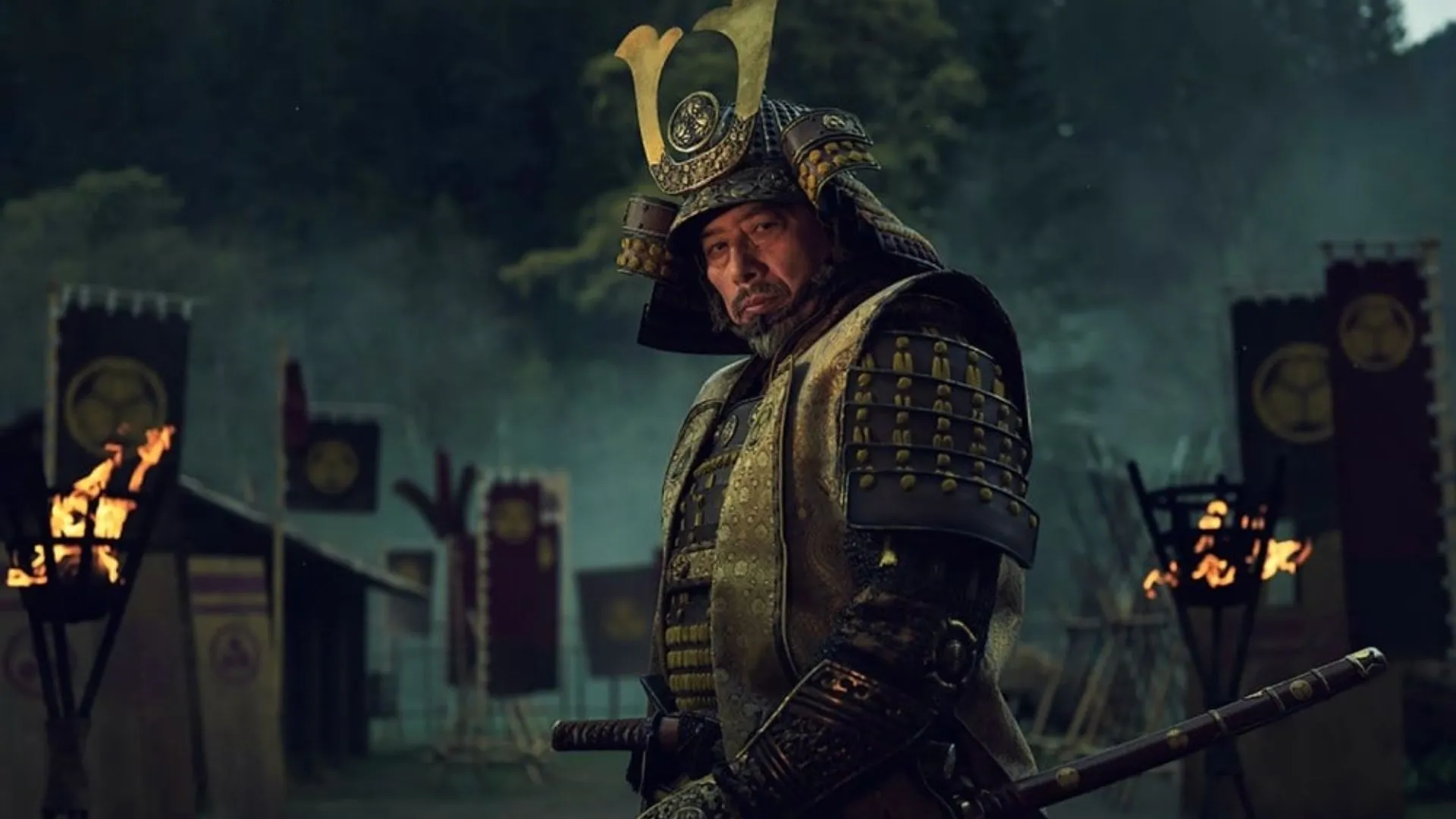Olympic Villages have come a long way, evolving from simple, temporary structures to sophisticated, sustainable communities that continue to serve their cities long after the Games have ended. The upcoming Paris Olympics in 2024 will be another chapter in this ongoing transformation.
The concept of the Olympic Village began in 1924, during the Paris Summer Olympics. Wooden huts were constructed near the Stade de Colombes to accommodate athletes, offering shared amenities like dining halls and a post office. Although these structures were temporary, the idea of a dedicated living space for athletes became a permanent fixture at future games.
By the time of the Sydney Olympics in 2000, the approach to Olympic Villages had shifted toward sustainability. Sydney’s Village, located in Newington, was designed with environmental considerations and later transformed into a residential area for over 5,000 people, with some units repurposed as schools and nurseries.
Athens 2004 brought a different vision, where the Olympic Village was planned as social housing for over 10,000 people. Despite these ambitions, the area remains underdeveloped, with many planned amenities like schools and hospitals never fully realized.
MUST READ: Will Be Hanged..’: CM Mamata Banerjee On Doctor’s Alleged Rape And Murder Case
London’s 2012 Olympics marked a turning point in urban regeneration. The Olympic Village in Stratford was converted into East Village, a vibrant community with shops, cafés, and recreational spaces. This transformation exemplified how Olympic infrastructure can be repurposed to benefit local residents.
In Rio 2016, the Olympic Village in Barra was designed with a community focus, later becoming a public park with sports courts and playgrounds, serving as a lasting legacy for the local community.
Tokyo 2020, postponed to 2021 due to the COVID-19 pandemic, featured an Olympic Village in Harumi, which is now being developed into a residential complex called Harumi Flag, showcasing resilience and adaptability even in challenging times.
Looking ahead, Paris 2024 will see the construction of a new Olympic Village in the northeastern suburbs. Post-Games, it will be transformed into a mixed-use development, providing housing for 6,000 residents and office space for 6,000 workers.
The evolution of Olympic Villages reflects broader trends in urban planning, sustainability, and community development. These once-temporary structures have grown into lasting legacies, continuing to shape the cities they were built in long after the Olympic flame has been extinguished.
ALSO READ: India To Start UPI Services In Maldives Confirms External Affairs Minister S Jaishankar
















